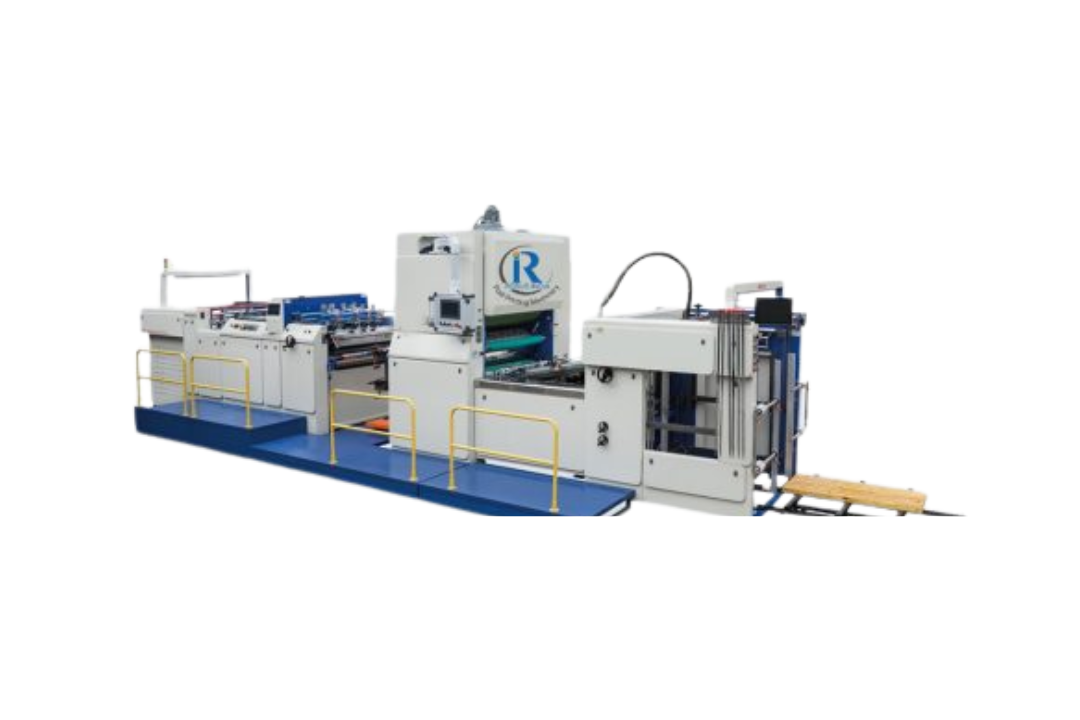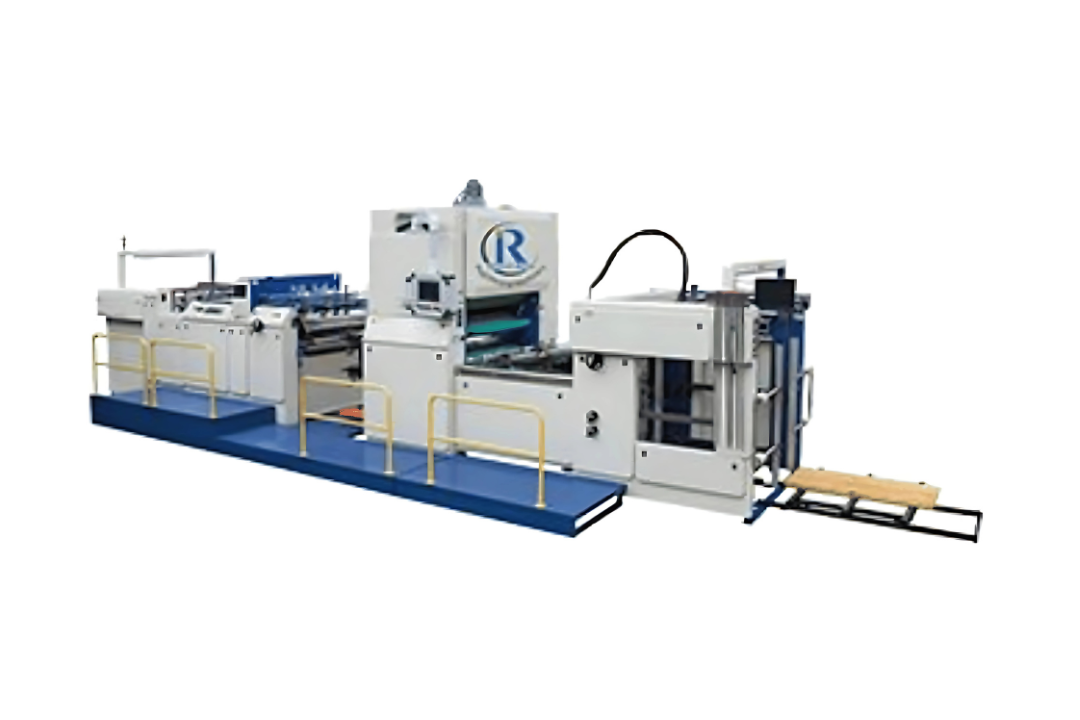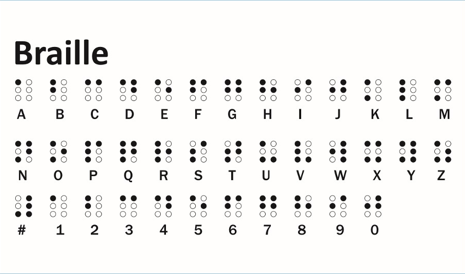How to Maintain Your Lamination Machine for Longevity
Introduction Lamination machines are crucial in industries ranging from packaging to printing and graphic design. These machines apply a protective coating to materials, enhancing durability, appearance, and resistance to wear. However, like any equipment, lamination machines require regular maintenance to function optimally over time. Proper care not only ensures the smooth running of the machine but also extends its lifespan and prevents unexpected downtime, which can be costly. In this blog, we will walk you through the essential steps for maintaining your lamination machine to keep it running efficiently and avoid costly repairs. Whether you have a small-scale operation or a high-volume production line, the following tips will help ensure your lamination machine’s longevity and performance. Step 1: Regular Cleaning and Dusting Keeping your lamination machine clean is the first step to prolonging its life. Dust, adhesive residue, and other contaminants can accumulate over time, leading to malfunctions or degraded performance. Cleaning the machine regularly helps prevent these issues and ensures it operates smoothly. How to Clean Your Lamination Machine: Turn off the machine and unplug it before cleaning to ensure safety. Wipe down the exterior of the machine with a soft, damp cloth to remove dust and grime. Clean the rollers using a soft, lint-free cloth and specialized cleaning solutions (usually recommended by the manufacturer). Use compressed air to blow out dust from hard-to-reach areas, such as inside the machine and vents. Clean the film path and remove any accumulated debris to prevent blockages. It’s essential to follow the manufacturer’s cleaning guidelines to avoid damaging delicate components. Step 2: Lubrication of Moving Parts A lamination machine has many moving parts, including rollers and gears, which require regular lubrication to maintain their functionality. Insufficient lubrication can cause parts to wear out prematurely, leading to inefficient performance and expensive repairs. How to Lubricate Your Lamination Machine: Check the manufacturer’s recommendations for the type of lubricant to use. Always choose high-quality oils and lubricants designed for your machine model. Lubricate rollers and gears regularly as these components are subject to high friction. Apply lubrication sparingly—too much can attract dust, which can cause more damage. Monitor the lubrication level and top up when necessary. Over time, lubricants can break down, and regular monitoring will ensure the machine remains in optimal condition. Proper lubrication minimizes wear and tear on key parts, ensuring a smoother operation and extending the machine’s life. Step 3: Inspecting and Adjusting Rollers The rollers are the heart of any lamination machine. They ensure that the laminate film is applied evenly and smoothly to the substrate. If the rollers are worn, misaligned, or dirty, the lamination quality will degrade. How to Maintain the Rollers: Inspect rollers regularly for signs of wear, cracks, or damage. Replace rollers immediately if they show signs of deterioration. Check for proper alignment. Misaligned rollers can lead to uneven lamination and stress on the machine’s motor. Clean the rollers after every few hours of operation to remove adhesive buildup and dust. This will prevent it from hardening and creating a rough surface that can damage the film. Adjust roller pressure to suit the material being laminated. Incorrect pressure can cause wrinkles or gaps in the lamination. By regularly inspecting and maintaining the rollers, you ensure that your machine provides a consistent, high-quality lamination finish. Step 4: Monitoring Temperature and Pressure Lamination machines rely on precise temperature and pressure settings to ensure that the lamination process is effective. If either of these parameters is too high or low, the lamination may not adhere properly, or it may cause damage to the material. How to Monitor Temperature and Pressure: Ensure the heating elements are working correctly. Worn-out heating components can lead to uneven lamination. If the machine uses hot rollers, check that the temperature remains constant across the entire roller. Check pressure settings regularly. Adjust the pressure to match the thickness of the material you are laminating. Too much pressure can cause the film to break or create imperfections, while too little pressure can result in poor adhesion. Monitor gauges and control panels. Ensure they are displaying accurate readings and adjust settings as needed. If you notice irregularities, it may be time to recalibrate the machine. Maintaining the correct temperature and pressure helps produce consistent lamination and extends the life of the machine’s heating elements and pressure components. Step 5: Replacing Worn-Out Parts No matter how careful you are with maintenance, certain parts of your lamination machine will wear out over time. Worn-out parts, such as rollers, belts, heating elements, and gears, can significantly affect machine performance. Replacing these parts before they fail completely is essential for maintaining a smooth operation. How to Replace Worn-Out Parts: Identify which parts need replacing. Parts that experience frequent wear include rollers, heating elements, belts, and seals. Regularly check these components to identify signs of wear. Order high-quality replacement parts from the manufacturer or authorized suppliers to ensure compatibility and performance. Follow proper replacement procedures as outlined in the manufacturer’s manual. Incorrect installation of replacement parts can cause damage to the machine. Test the machine after replacement to ensure everything works as expected. By replacing worn-out parts promptly, you can avoid unexpected breakdowns and keep the machine running smoothly. Step 6: Calibration and Machine Settings Occasionally, your lamination machine will need calibration to maintain accuracy and ensure optimal performance. Over time, settings can drift, especially if the machine has been used intensively. Calibration ensures that every part of the machine works in harmony. How to Calibrate Your Lamination Machine: Check the manufacturer’s calibration guidelines. Most machines have specific procedures for calibrating temperature, pressure, and other critical settings. Perform regular calibration checks, especially if the quality of lamination has declined. Test the machine with a few sample runs after calibration to ensure all settings are accurate and the lamination quality is consistent. Proper calibration can prevent machine errors and improve the overall lamination quality, reducing the likelihood of wasted materials. Step 7: Regular Inspections and Professional Maintenance Even with routine cleaning, lubrication, and … Read more








